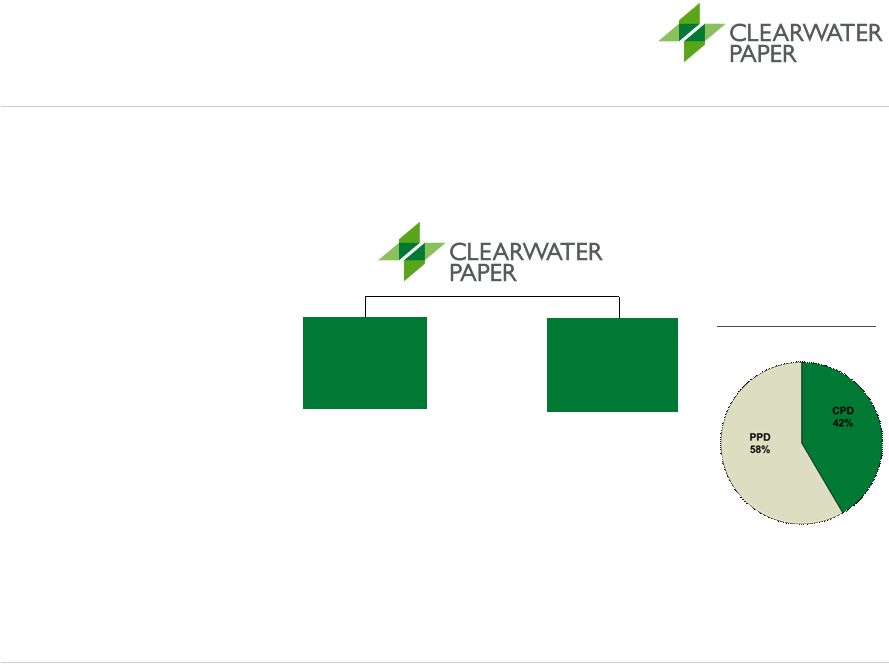1 Forward-Looking Statements This presentation contains, in addition to historical information, certain forward-looking statements within the meaning of the Private Securities Litigation Reform Act of 1995, including statements regarding the benefits of, and synergies from, our Cellu Tissue acquisition, internal and external pulp purchases and sales, pulp requirements, customer purchases of private label tissue, production capacity of operating divisions, completion of additional converting and paper making capacity, the cost and timing to complete new facilities, future growth opportunities, sales volumes, input costs, and our financial condition and results of operations. Words such as “anticipate,” “expect,” “intend,” “will,” “plan,” “target,” “project,” “believe,” “schedule,” “estimate,” “may,” and similar expressions are intended to identify such forward-looking statements. These forward-looking statements are based on management’s current expectations, estimates, assumptions and projections that are subject to change. Our actual results of operations may differ materially from those expressed or implied by the forward-looking statements contained in this presentation. Important factors that could cause or contribute to such differences include the risk factors described in Item 1A of Part I of our Form 10-K for the year ended December 31, 2010, as well as the following: • an inability to successfully implement our expansion and operating strategies; • difficulties with the integration process or the realization of the benefits expected from the acquisition of Cellu Tissue; • difficulties with the completion of our new tissue making and converting facilities; • the Cellu Tissue acquisition may expose our operations to unidentified liabilities; • changes in the cost and availability of wood fiber used in the production of our products; • changes in freight costs and disruptions in transportation services; • changes in raw material costs and energy availability and costs; • changes in customer product preferences and competitors’ product offerings; • changes in the United States and international economies and in general economic conditions in the regions and industries in which we operate; • cyclical industry conditions; • the loss of business from any of our three largest Consumer Products segment customers or a large Pulp and Paperboard segment customer; • competitive pricing pressures for our products; • reliance on a limited number of third party suppliers for raw materials; • our qualification to retain, or ability to utilize, tax credits associated with alternative fuels or cellulosic biofuels; • labor disruptions; • unforeseen environmental liabilities or expenditures; • unanticipated manufacturing or operating disruptions, including equipment malfunction and damage to our manufacturing facilitates caused by fire or weather- related events and IT system failures; • changes in the relationship between supply and demand in the forest products industry, including the amount of available manufacturing capacity and wood fiber used in manufacturing our products; • changes in expenses and required contributions associated with our pension plans; • an inability to fund our debt obligations; • restrictions on our business from debt covenants and terms; • changes in laws, regulations or industry standards affecting our business; and • changes in exchange rates between the U.S. dollar and other currencies. Forward-looking statements contained in this presentation present management’s views only as of the date of this presentation. We undertake no obligation to publicly update forward- looking statements, whether as a result of new information, future events or otherwise. | 






















